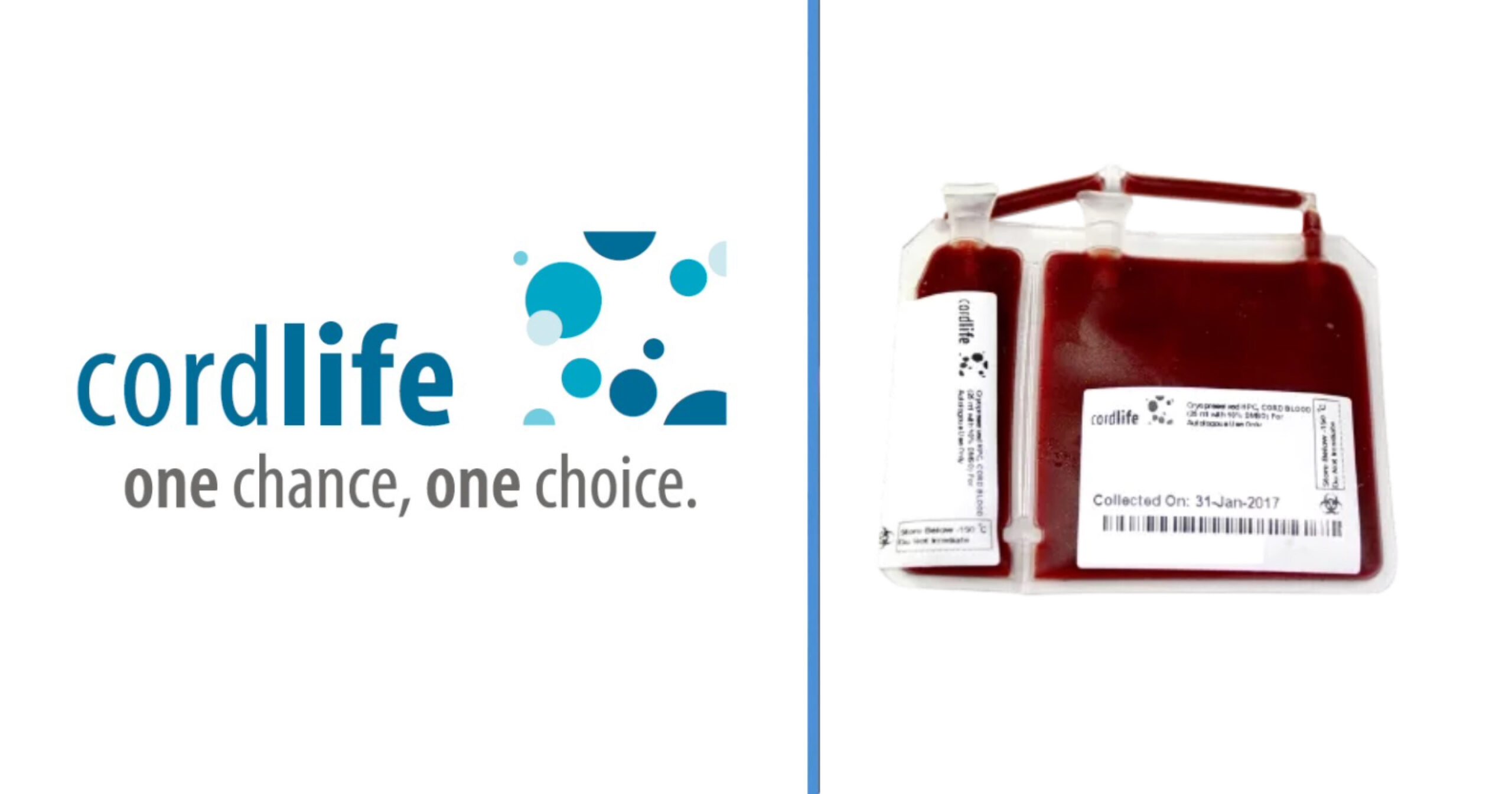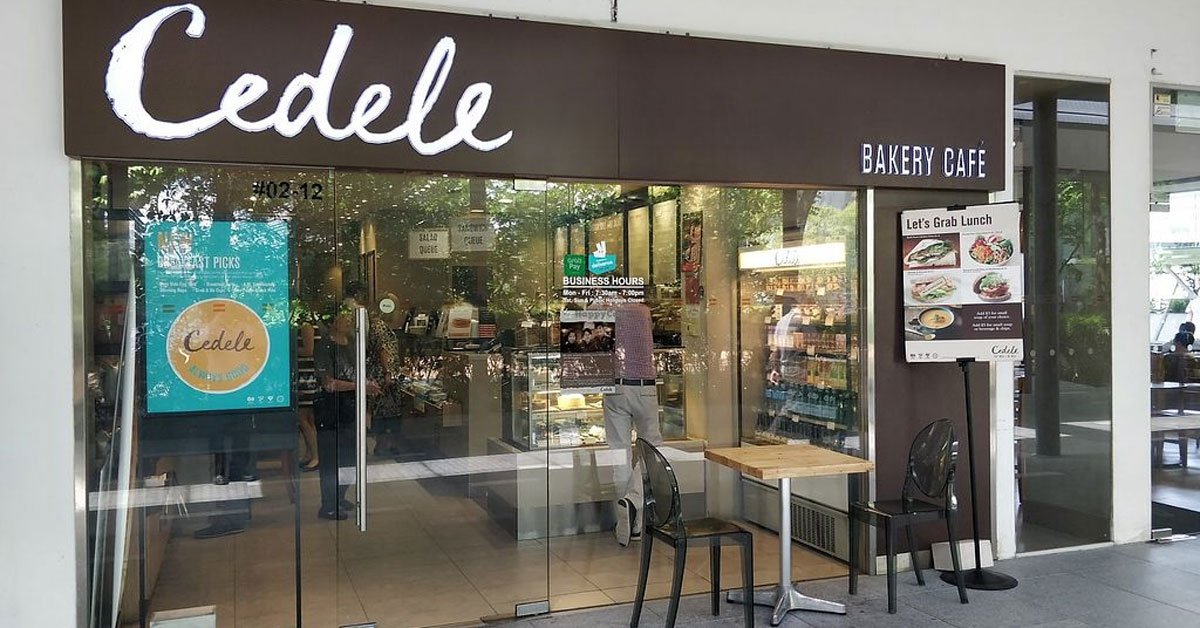By this point, you’ve probably already read so many articles on the Cordlife saga that you can consider yourself an expert on the topic.
However, if you somehow have not come across a single Cordlife article, watch this video and read this latest article to catch up to speed before you proceed with this:
Now that you know all about what happened, here’s the latest update.
Police Report Made
Cordlife’s board of directors lodged a police report on 17 April over the “potential wrongdoings involving mostly former employees”.
The company said it had convened a Committee of Inquiry to conduct internal investigations into why about 2,200 cord blood units (CBUs) in the first tank (Tank A) were damaged, affecting at least 2,150 clients.
Tank A is one of the storage tanks at Cordlife that were exposed to temperatures above the acceptable limit of -150°C at different periods from November 2020.
“Based on the preliminary findings of internal investigations conducted by an external consultant engaged by the COI (which are still ongoing) and the information available, the COI is of the view that it has uncovered preliminary evidence of potential wrongdoings involving mostly former employees of the group in connection with the Tank A incident,” said Cordlife.
The board said the police report was made without two directors – Mr Zhai Lingyun and Ms Chen Xiaoling. The two are nominee directors of Nanjing Xinjiekou Department Store, which has a 20.3% stake in Cordlife.
The former Group CEO of Cordlife, as well as four directors, have been arrested in connection with the case. These are former Group CEO Tan Poh Lan, independent directors Yeo Hwee Tiong and Titus Jim Cheong Tuck Yam, acting chairman Ho Choon Hou and non-independent non-executive director Chow Wai Leong.
Potential Wrongdoings In Other Tanks?
Although the police report only concerns one tank, there are instances where former employees may have committed wrongdoings regarding other tanks as well.
In a previous article, it was reported that preventative maintenance that was supposed to be carried out every six months was not carried out for two tanks in 2022.
In August 2023, the company implemented a new method of cord blood processing, but this method was not appropriately validated according to the approved plan and protocol.
It was mentioned that a root cause analysis indicated there was insufficient liquid nitrogen maintained in Tank B, which recorded the highest temperature excursion of -11.6°C. Reportedly, this had not been rectified due to failure of Cordlife’s staff to act on and escalate the anomalies.
The root cause analysis indicated that the temperature warming events in Tanks D to G were likely due to misplaced temperature probes during scheduled maintenance, or incorrect mapping of the temperature probe to the tank.
Earlier this month, the Ministry of Health (MOH) announced that roughly 5,300 CBUs stored in Tank B and a dry shipper have been deemed “non-viable”.
The ministry said the remaining five tanks (Tanks C to G) that store about 14,000 units were deemed “low-risk”.
MOH experts have recommended that Cordlife test a larger number of CBUs in Tanks C to G, and the company has since agreed to test over 200 additional samples across the five tanks.
Cordlife will be reviewing the outcome of the test results in consultation with MOH’s experts. During the testing over the next year or so, Cordlife will pause any applicable billings for the five tanks until the results of the additional testing are released.
Cordlife has also been instructed by MOH to contact its affected clients if their CBUs fall under the dry shipper or Tanks B to G.
The ministry advises Cordlife’s clients to be patient and await the test results before making any decisions.



